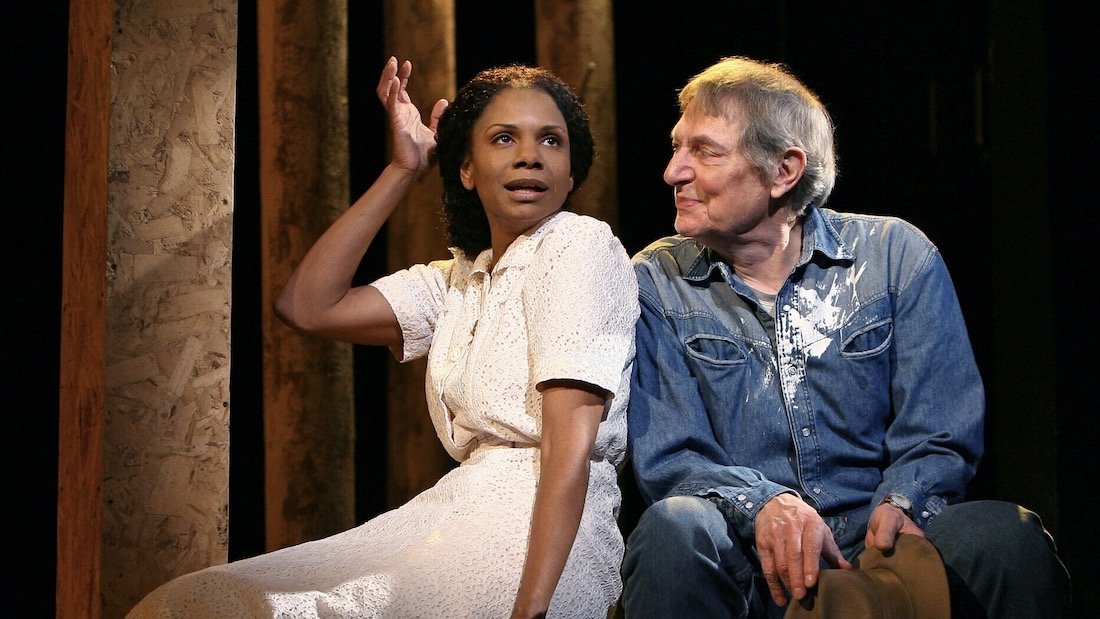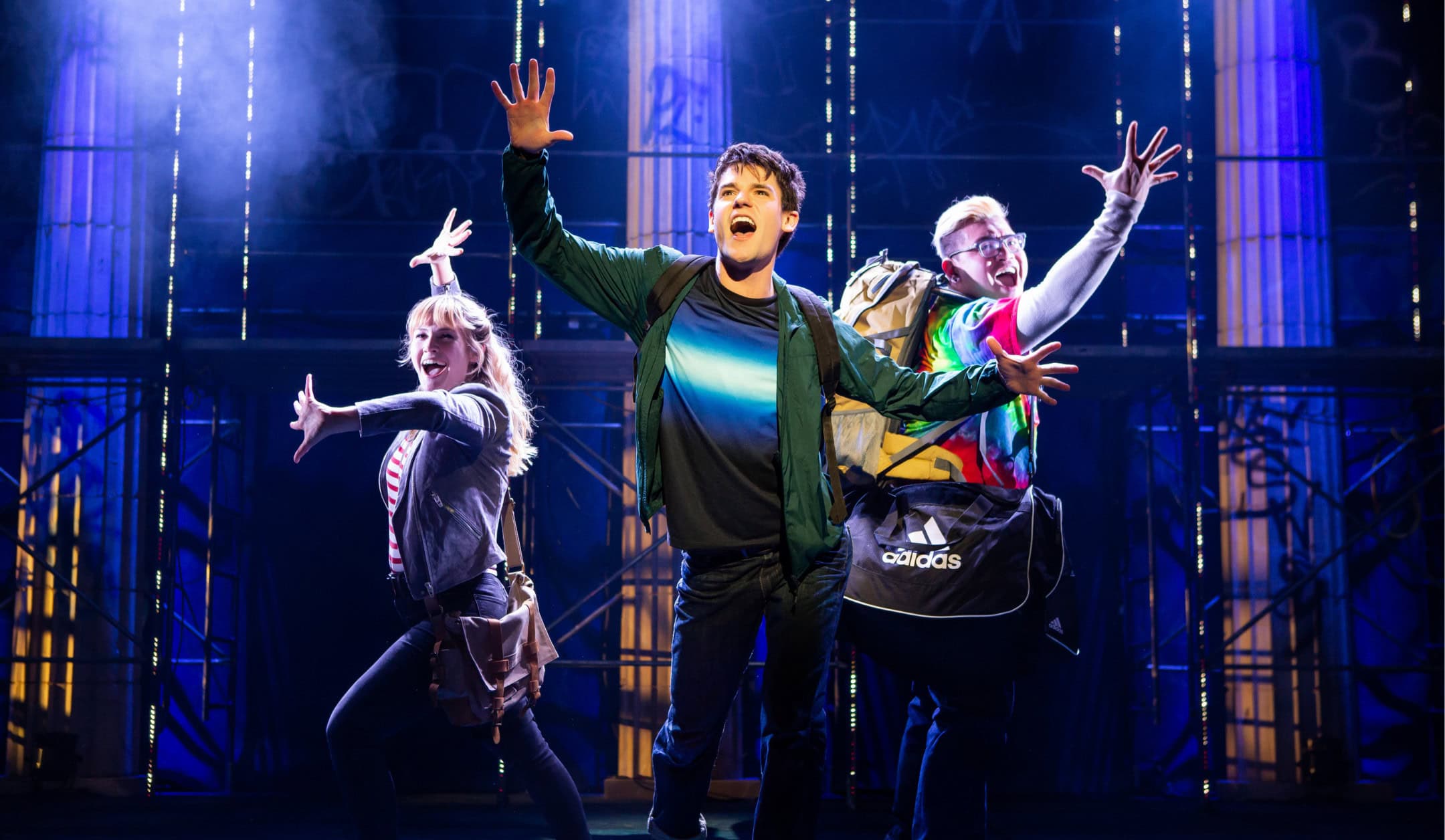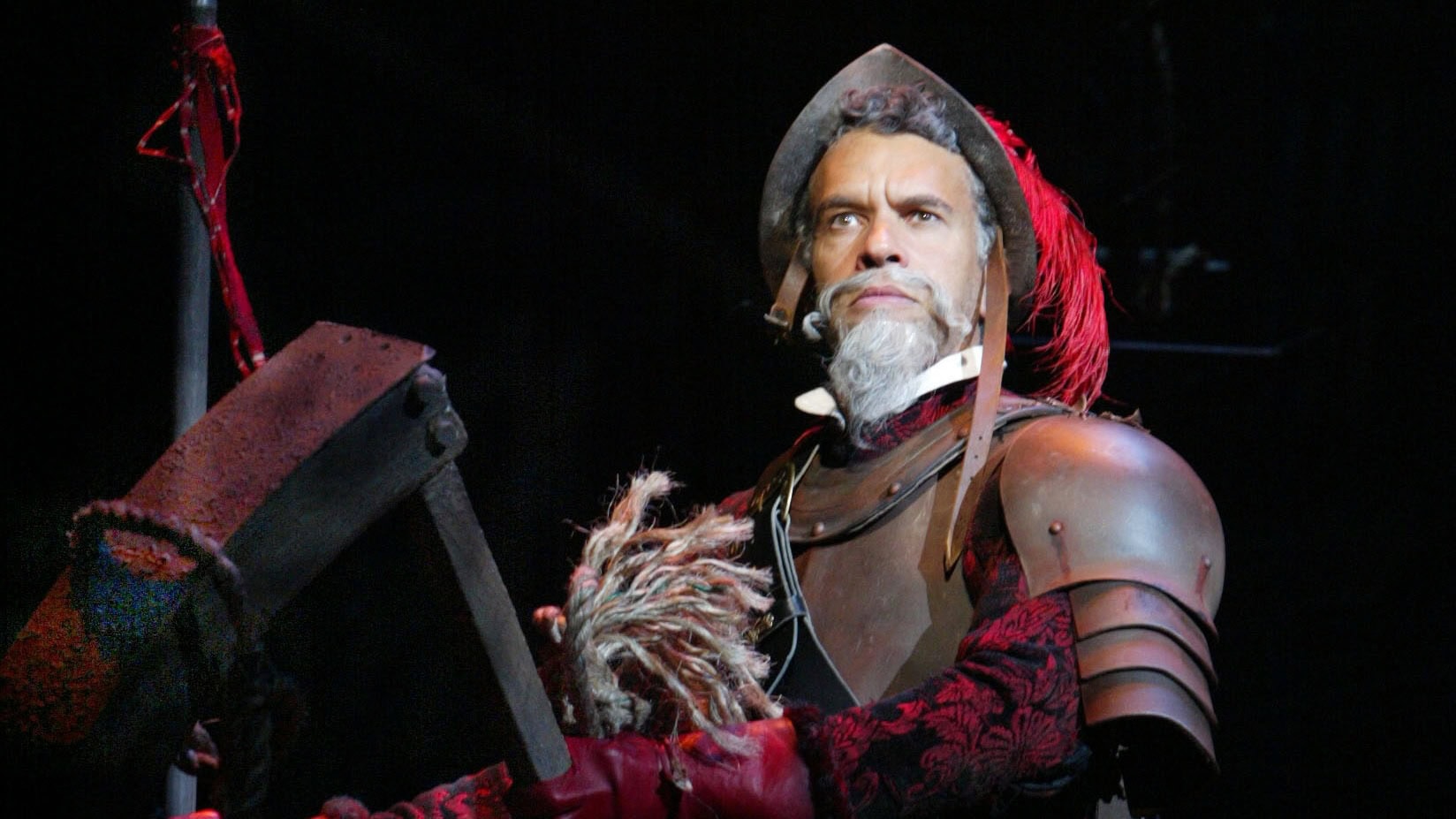
David Wood is an acclaimed writer who has written over 70 plays, including adaptations of much-loved children’s books as well as original plays and musicals for both young and adult audiences.
…
Your shows for young performers and audiences have gained international acclaim. What do you think is important when writing – and staging – plays and musicals for children and young adults?
Over 50 years ago I was asked to write a play for children. The Swan Theatre, Worcester, staged the play for Christmas 1967. I don’t think it was very good, but it changed my life! The following year, The Owl and the Pussycat Went to See (US/UK) at the same theatre, convinced me that theatre for children was an incredibly exciting genre. The volatility, the honesty and the sheer electricity created by an audience of children makes, for me, writing, directing and acting, a new adventure, not only every play, but every performance. My aim is to trigger the imagination of the young audience, keeping them riveted to their seats, retaining their attention and making them want to know what happens next, emotionally involving them in a powerful story and making them care.
Just like a book, a play for children needs to be a page-turner. Not too much sedentary dialogue, a lot of action, clarity of plot, interesting characters, matters of life and death, opportunities for audience participation, the use of music and song, movement, colourful sets and costumes, technical wizardry with lighting and sound… all contributing to, hopefully, a magical theatricality that makes children laugh and possibly cry and hopefully think.
Theatre for children and young people needs to entertain, but that does not mean it has to be vapid or wacky or silly. Quite the reverse. Any play for children should educate and expand the knowledge and experience of the audience, encouraging empathy and tolerance. But such education is best achieved using entertaining ingredients. Getting the mix right for different age groups is the test. And, I believe, trying to see things from the point of view of the child rather than the adult. Pantomimes often strive to entertain all ages. That’s fine. But a play for children need not pander to the supposed tastes of older members of the audience. They will enjoy the play if their children are enjoying it. So entertaining the children, with integrity and respect and no patronizing, has always been my aim.
Do you have any advice for schoolteachers who may be interested in staging your plays for young people?
Teachers are often brilliant at moulding a play to fit their own requirements. Without changing the dialogue, they can often employ a larger cast than in the script and simplify some of the settings, without affecting the story. Teachers often use imaginatively the performance space they have, sometimes using the floor of the hall rather than the stage, seating the audience around the action rather than in front of it. I wouldn’t presume to offer teachers advice. I would simply ask them to try to tell the story clearly and faithfully. And most of them do.
From Fantastic Mr. Fox to The Witches, you’ve adapted many of Roald Dahl’s titles for live performance. How did these adaptations come about? What’s been most enjoyable (or challenging) about bringing these much-loved stories from the page to stage?
In 1990, two young producers asked me to adapt The BFG (US/UK). Once I had found a way of telling on stage this brilliant story of a feisty young girl and a misfit giant, I relished the challenge. I found a theatrical way of using two different scales to tell the story. And when I directed the original production, on tour and in the West End, it gave me an incredible buzz to witness the reaction of the young audience.
Dahl is not easy to adapt, but his stories are inherently theatrical, with their use of magic, a child protagonist, animals, splendid baddies, the triumph of justice over unfairness, and a brilliant appeal to children, with sometimes somewhat subversive ideas and taboo subjects.
Since The BFG, I have adapted seven further Dahl novels, and have come to respect him hugely as a master of storytelling for children and young people. The Witches (US/UK) was challenging, but very exciting, because I was able to use the magic of illusion to achieve the transformation of boys into mice and the disappearance of a dozen witches, as well as other magical moments. Fantastic Mr Fox (US/UK) enabled me to direct a play in the open air for the first time. The Twits (UK) gave me the chance to devise the best piece of audience participation ever. In order to fool Mr and Mrs Twit, the whole audience appears to them to be upside down. They are asked to take off their shoes, put them on their hands, raise their arms above their heads, which they then lower. This creates the impression of upside-downness.
James and the Giant Peach (US/UK) has had more productions, both professional and amateur, of any of my Dahl titles. This story is so much fun to put on stage, particularly with the human-sized insects responding to the leadership of young James. The peach has to grow visually, and it has been fascinating seeing the different methods used. Some are more naturalistic than others, but all generate excitement in the audience.
George’s Marvellous Medicine (US/UK) was a tricky one. I knew I had to find a way of ensuring that the young audience would be on George’s side, as he went about his task of ‘making grandma better’. I knew I couldn’t make it seem as if the play was a lesson on how to kill one’s grandma! So I created a back story, in which grandma arrives and behaves appallingly. Poor George has to give up his room. Grandma bullies him. By the time the main action in the book begins, the audience is hopefully very much with our hero, and indeed help him to create his marvellous medicine.
How does your creative process differ when writing your own original work, as compared to working on an adaptation?
When I adapt an existing story, my aim is always to be as faithful to the author’s intention as possible. I see no reason to change the basics of the story. But the structure of a play is different from the structure of a book. Sometimes the events of the story have to be re-ordered. Sometimes it is necessary to cut a character or two or a location or two. But when creating an original play, similar strictures apply. Very often I will be asked to write a play with a certain number of actors and certain restrictions on the size or the complexity of the set. Sometimes a theatre might not be able to fly scenery. I quite like working within these parameters. I always write a synopsis, to make sure the story progresses logically and without too many sub-plot cul-de-sacs. And the same applies when I am adapting. So really the process is quite similar.
In my book, Theatre For Children, I go into detail on the craft of writing plays for children and also adapting. I also talk about ingredients for children’s plays. Hopefully the book has encouraged and will continue to encourage more theatre practitioners to become interested in putting on plays for children. For too long children’s theatre was relegated to the third division. My plays are performed all over the world, but still occasionally I am asked, “Will you ever think about writing a ‘real’ play?”
In 2016, your and Richard Taylor’s musical adaptation of The Go-Between opened in the West End. What drew you both together on the project? And what do you think audiences will take away from the show?
When Richard asked me to work with him on The Go-Between (UK), I said yes immediately, because I loved the novel, and also, of course, the splendid Joseph Losey film version. Also, the story involved a young boy. I had already adapted Philippa Pearce’s Tom’s Midnight Garden, as well as the Dahl stories with child protagonists, so The Go-Between was a natural progression for me. The adult nature of the story made it a slightly different proposition for me, having concentrated for so long on work for children. But finding a through-line and a way to tell the tale from young Leo’s point of view felt in many ways very similar to my approach to work for children.
Working with Richard was a joy. The structure of The Go-Between is, I believe, more sophisticated than the structure of my children’s plays, but still tells the story clearly and economically. The music, I believe, helps give the audience an emotional experience. The way young Leo is manipulated and used by the selfish, yet sympathetic, adults is extremely affecting. And the situation of Marian, forced by convention to marry into her own class, but falling in love with the local farmer, is accessible and thought-provoking. Hopefully the audience feel drained yet uplifted by the end.
What’s your favourite memory of having your work performed on stage from your career so far – is there any one production that truly stands out for you?
Two milestone productions stand out.
The Owl and the Pussycat Went to See… was my first successful play. It was performed all over the country by the reps and then by innumerable amateur companies. It was also performed abroad. The very first production at the Swan Theatre, Worcester was playing its Christmas season for a week longer than the show I was acting in up in Manchester. So I was able to watch ten performances from the back of the stalls. The reaction of the young audience to the activities of the Edward Lear characters was, to me, extraordinary and life-changing. The excitement, the intensity and the joyful reactions of the audience was a revelation. They entered into the spirit of the performance with gusto participating, helping and hindering when required, and giving the cast a genuine ovation at the end.
I felt that maybe the success of these performances was telling me that I should be following a career in children’s theatre. Seventy five plays later, I know I was right. I found my niche.
A few years later I wrote The Gingerbread Man, commissioned by the Towngate Theatre, Basildon. The first performance was exciting. Jonathan Lynn, later to write Yes, Minister, directed the show brilliantly. Cameron Mackintosh came to see it, and the following Christmas, 1977, we put the play on at the Old Vic. I was busy elsewhere when the play opened, but arrived a few days later, entering the auditorium about 20 minutes after the performance had started. The sight of a full house of primary school children, many of whom had never been to a theatre before, totally engaged with my characters, clapping along to the songs, enthusiastically helping get rid of the villainous Sleek the Mouse, was something I shall never forget.
To stand at the back of a full house in one of the most famous and beautiful theatres in the world, and to watch one’s own work, an original play for which one had contributed the book, music and lyrics, and to see it ‘work’ like clockwork, convinced me that my decision ten years earlier to focus on children’s theatre was overwhelmingly the right one.
…
For more plays by David Wood and other great authors, visit Concord Theatricals in the US or UK.

Plays that Inspired Musicals

QUIZ: Which Character from The Lightning Thief Are You?

